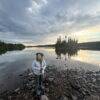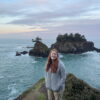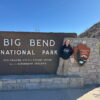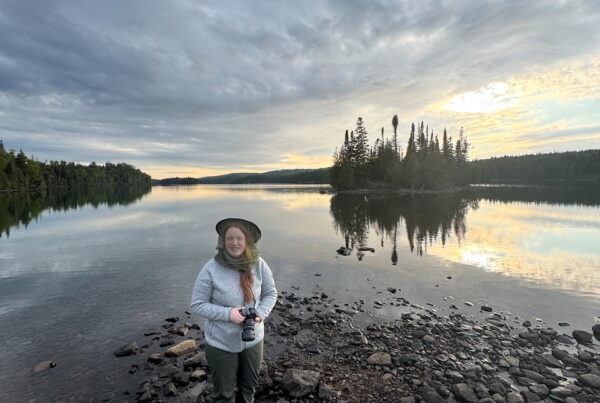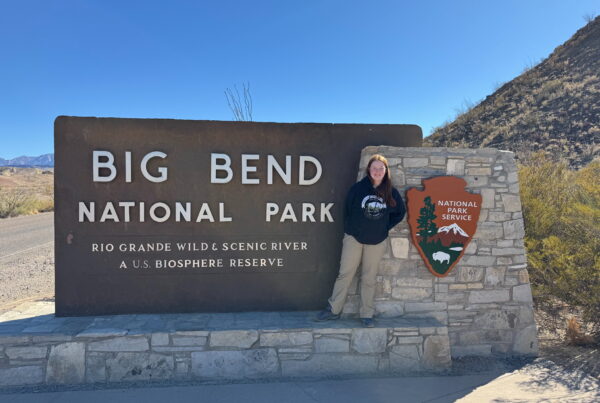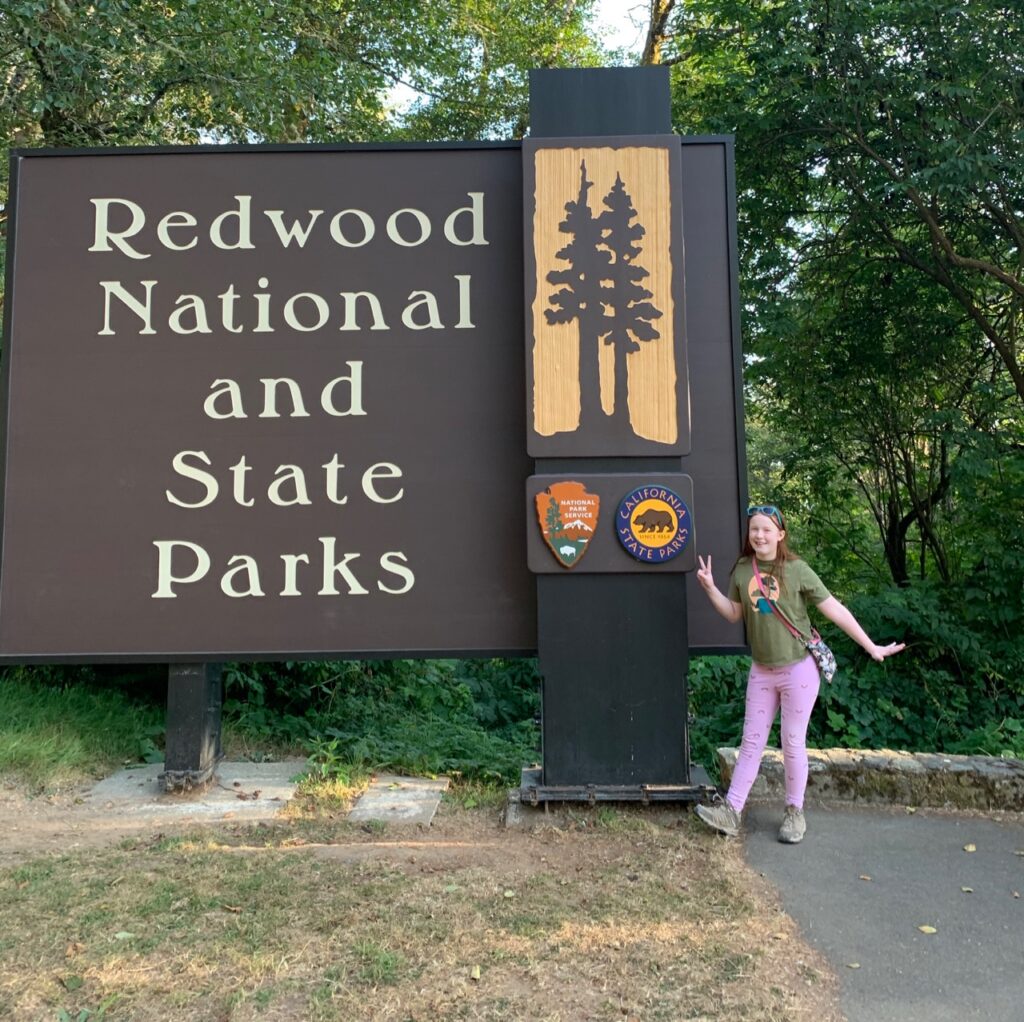
The second leg of our August journey brought us to the remarkable Redwoods National and State Parks, a sprawling 139,000-acre haven safeguarding 45% of all remaining old-growth coastal redwood trees. This network includes state and national parks, each dedicated to preserving a diverse tapestry of indigenous flora, fauna, cultural resources, and pristine stretches of coastline covering 37 miles.
The parks comprise Redwood National Park (established in 1968), Del Norte Coast Redwoods State Park (established in 1925), Jedediah Smith Redwoods State Park (established in 1939), and Prairie Creek Redwoods State Park (established in 1925). Collectively, along with adjoining federal lands, they form one of the world’s most extraordinary forested areas.
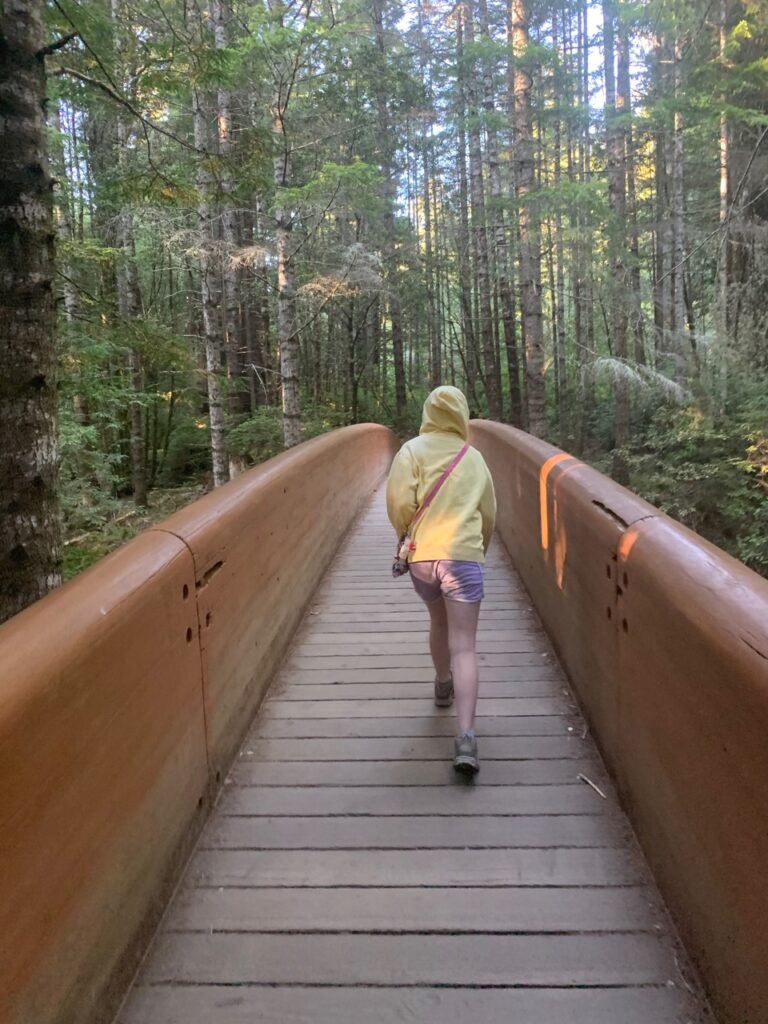
Historically, over 2,000,000 acres of California’s coast were cloaked in old-growth redwood forest. The mid-19th century Gold Rush brought lumbermen who extensively clear-cut these majestic woodlands. Conservation efforts began in the 1920s, but by the time the national park was designated in 1968, nearly 90% of the original old-growth redwoods had been felled.
Today, several redwoods on private lands remain at risk of logging. Numerous organizations are tirelessly working to protect these giants. I personally support Save the Redwoods and encourage others to do the same, aiding in the preservation of these critical ecosystems.
The redwoods in these parks, scientifically named Sequoia sempervirens, are known for their remarkable size and longevity. These evergreen, monoecious trees can live for over 1,800 years and grow up to 380 feet tall, with diameters reaching 29 feet, making them the tallest living trees on the planet. Native to the northern California and southern Oregon coasts, they share familial ties with the giant sequoias of central California and the Dawn redwood found in China.
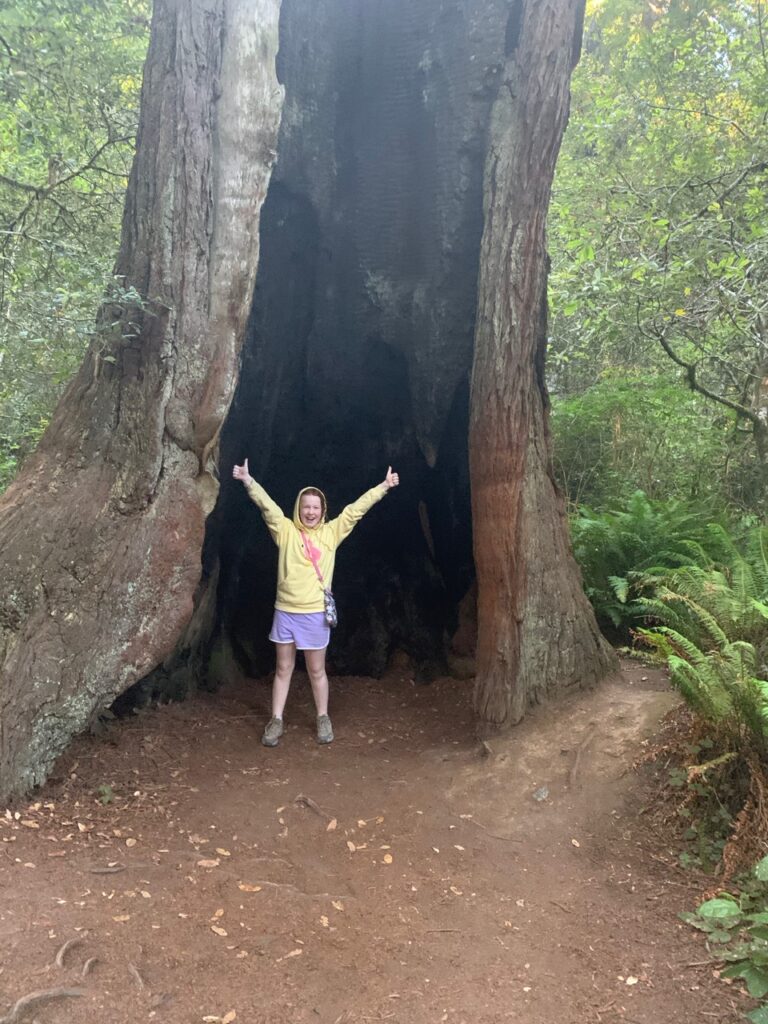
Lodging within the park is limited to camping, prompting visitors to stay in neighboring towns. We chose Arcata, CA, for its affordable lodging and local amenities, despite the lengthy commute to the park. For more convenient access, consider staying in Trinidad for visits to the southern sites, or Crescent City for the northern areas.
The parks boast a plethora of trails that showcase stunning groves of redwoods and scenic coastal vistas. Unfortunately, we missed out on visiting the famed Tall Trees Grove, accessible only by permit, due to high demand. Instead, we explored numerous other trails recommended by park rangers that were equally breathtaking and more accessible.

Our first encounter with the majestic redwoods was at Lady Bird Johnson Grove, an ideal introduction to these ancient forests through an easy 1.5-mile hike. Shortly after, we experienced a sunset at Redwood Creek Overlook, offering a spectacular view of the forests and ocean, though less than ideal for photography that evening.
A significant portion of our time was spent in Prairie Creek Redwoods State Park, highlighted by a visit to Fern Canyon. This geological marvel, featured in ‘Jurassic Park 2,’ is a narrow canyon with walls adorned with lush ferns and moss, creating a truly enchanting atmosphere. Another notable feature is the Newton B. Drury Redwood Scenic Parkway, a stunning 10-mile drive with numerous trails and glimpses of wild Roosevelt Elk.
Throughout our travels northward, we explored other scenic spots like False Klamath Cove and Wilson Creek Beach, perfect for sunset viewings. Our adventures also took us to Jedediah Smith Redwoods State Park, where road closures serendipitously led us to some of the best redwood groves and photography opportunities of the trip.
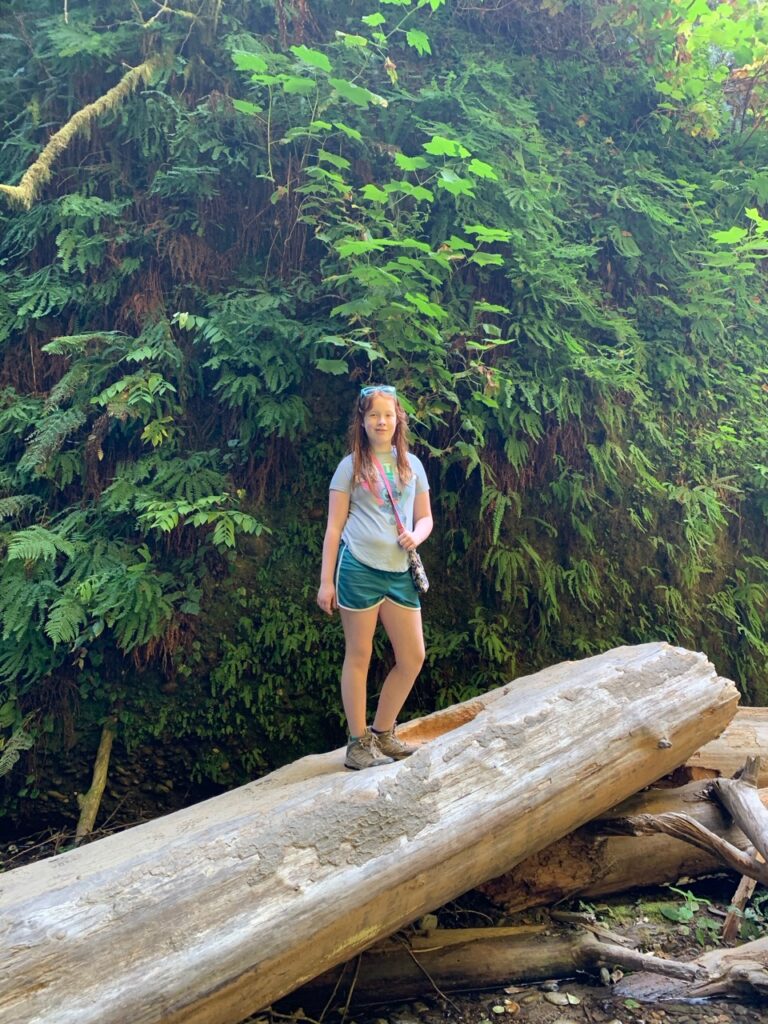
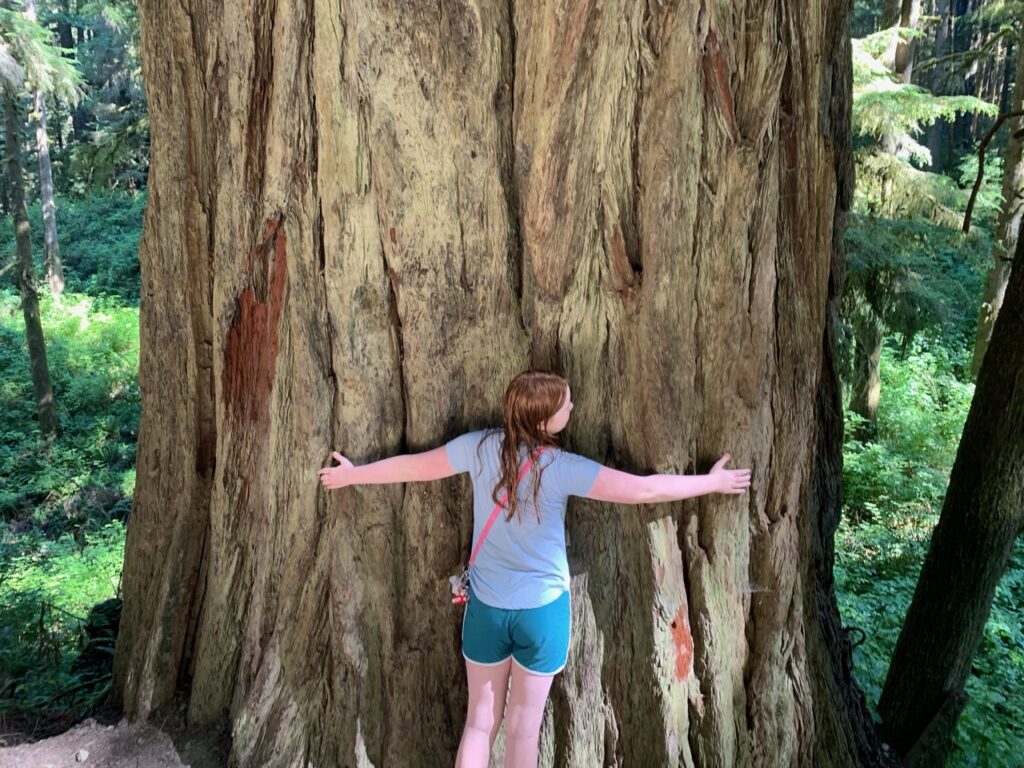
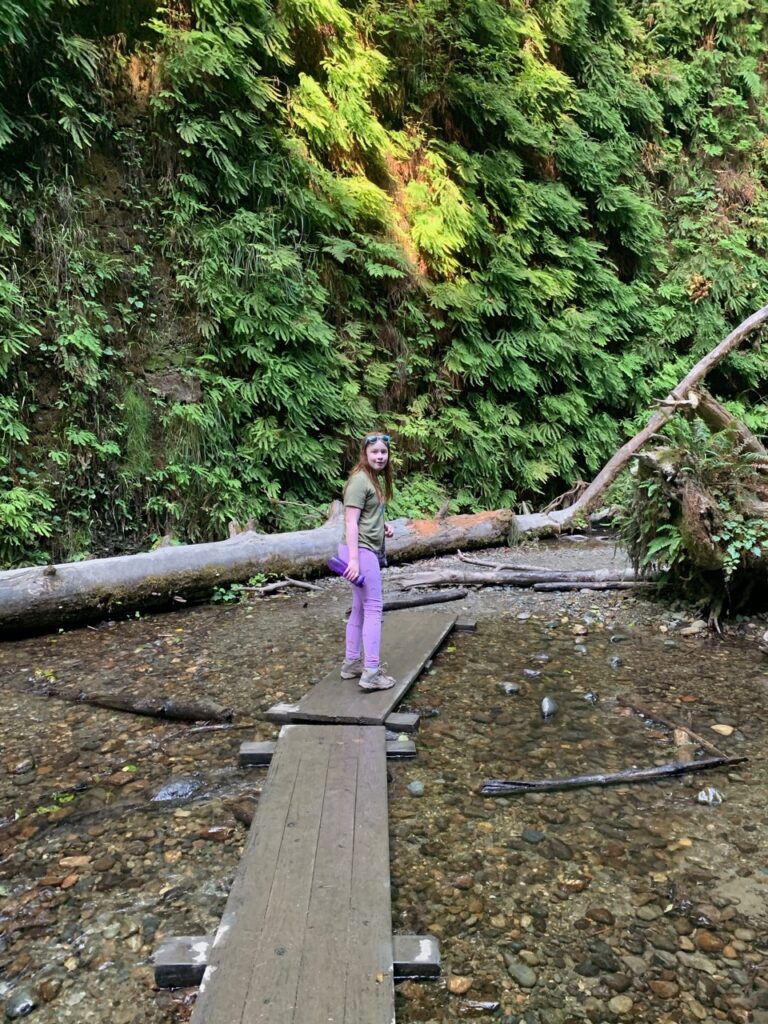
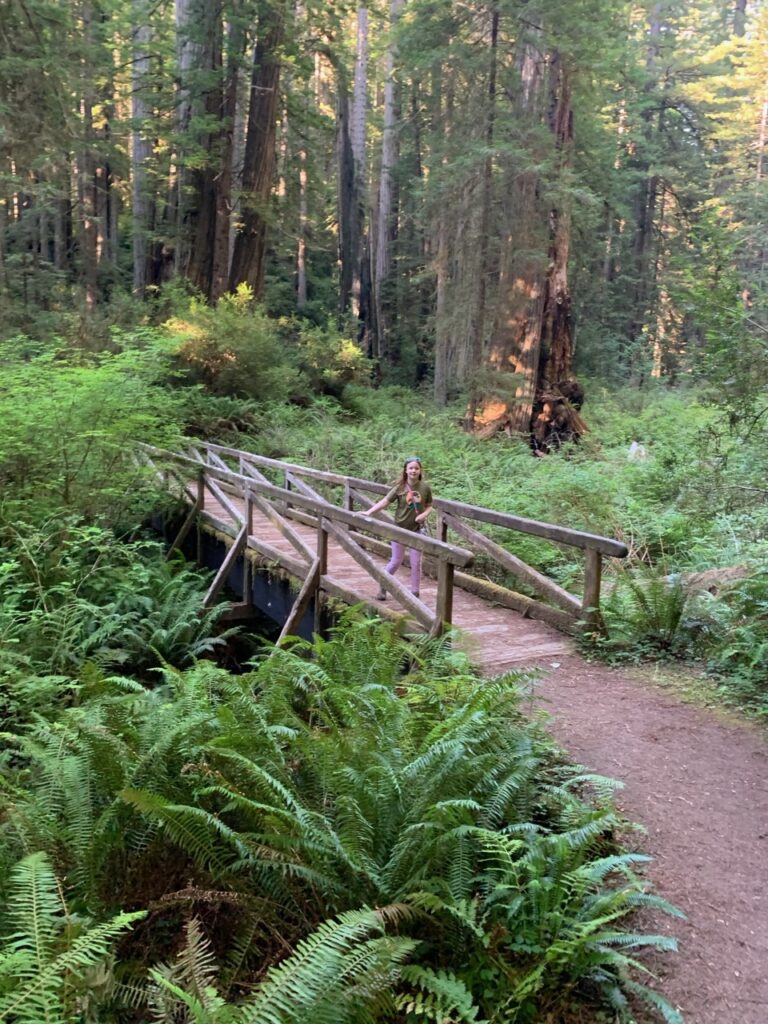
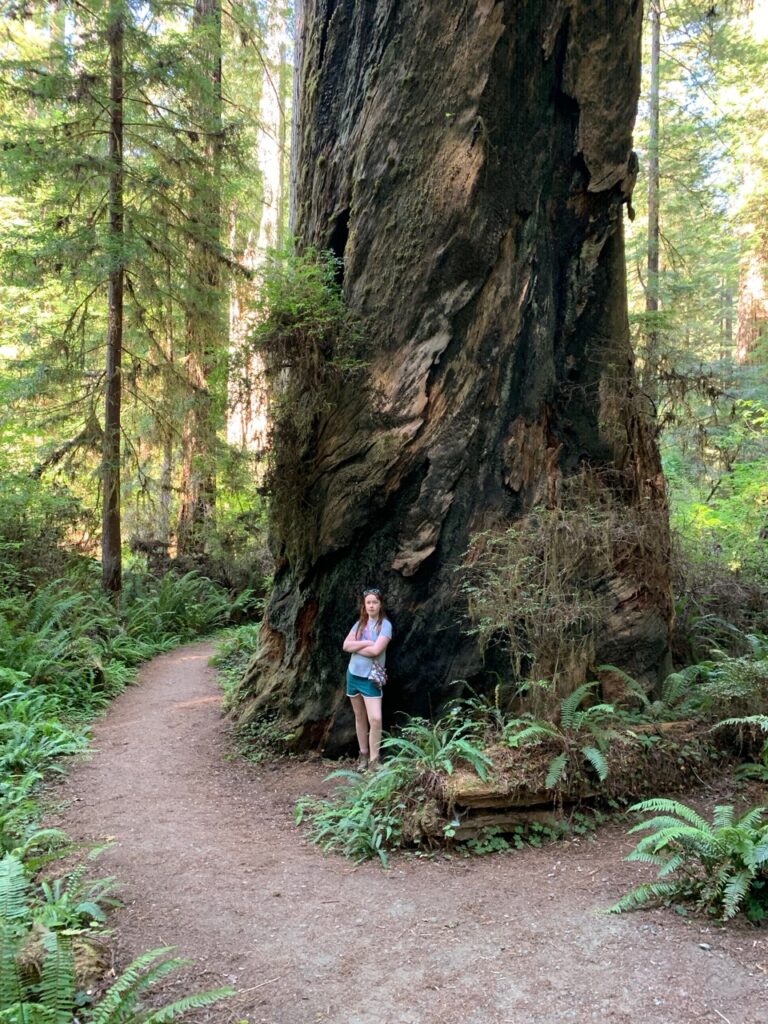

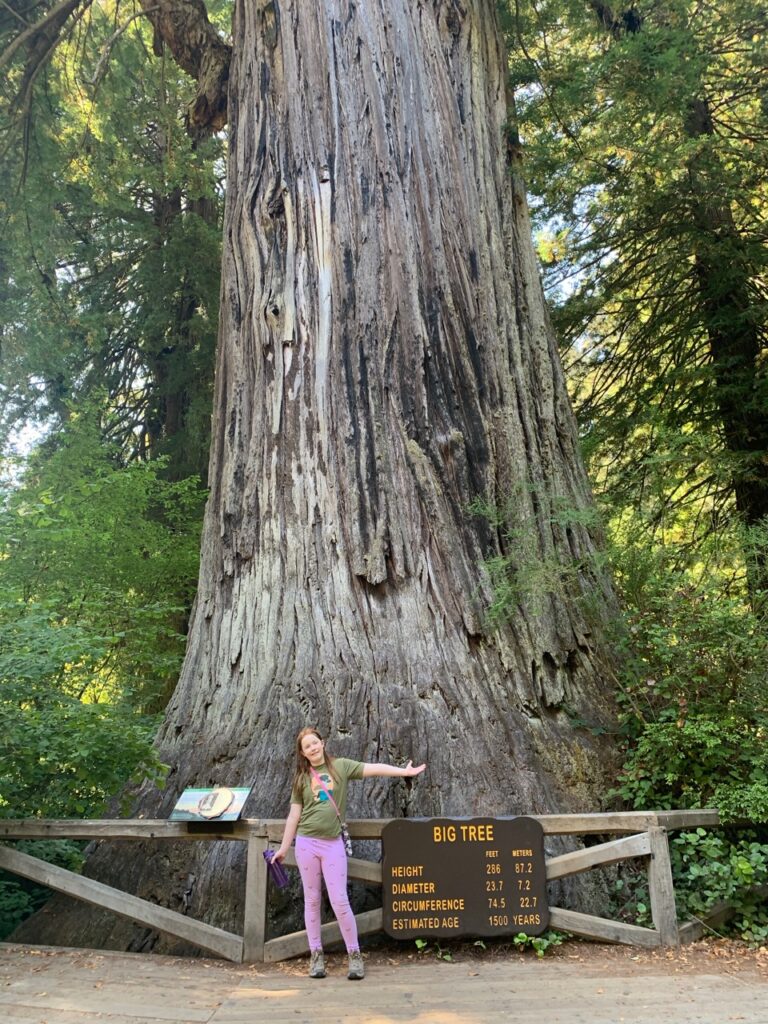
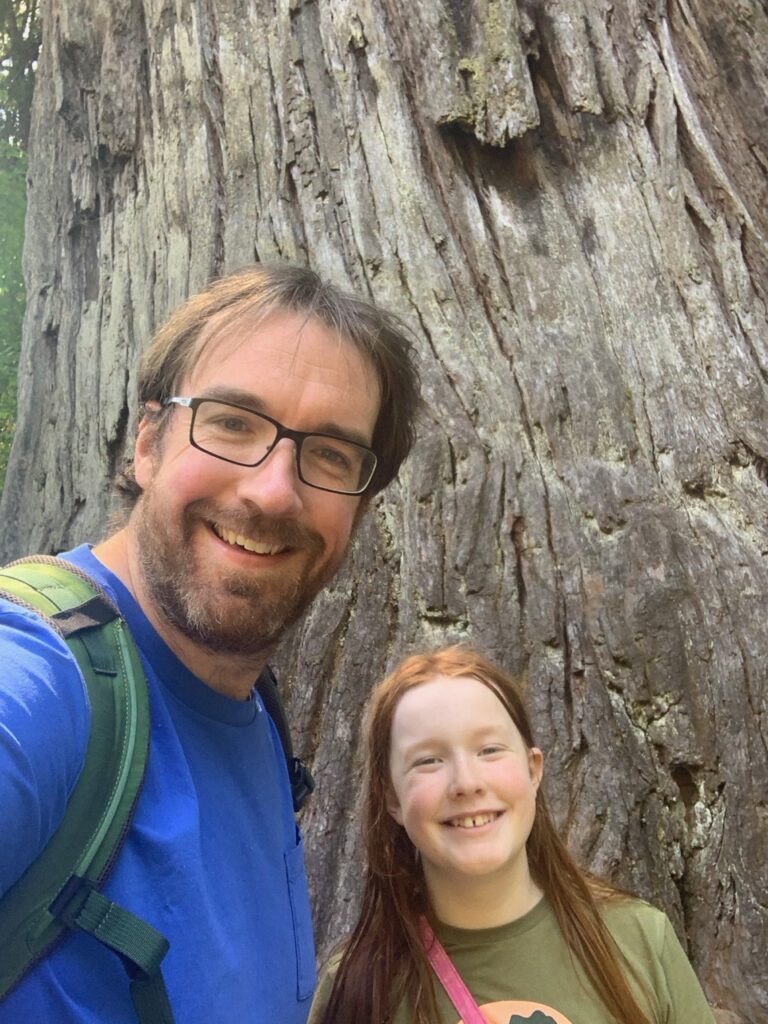
Concluding our trip, we reflected on the myriad of landscapes we had witnessed—from the dense forests to the tranquil beaches, each providing a unique and unforgettable experience. This journey not only allowed us to explore the natural beauty of the redwoods but also to appreciate the critical need for their preservation.




